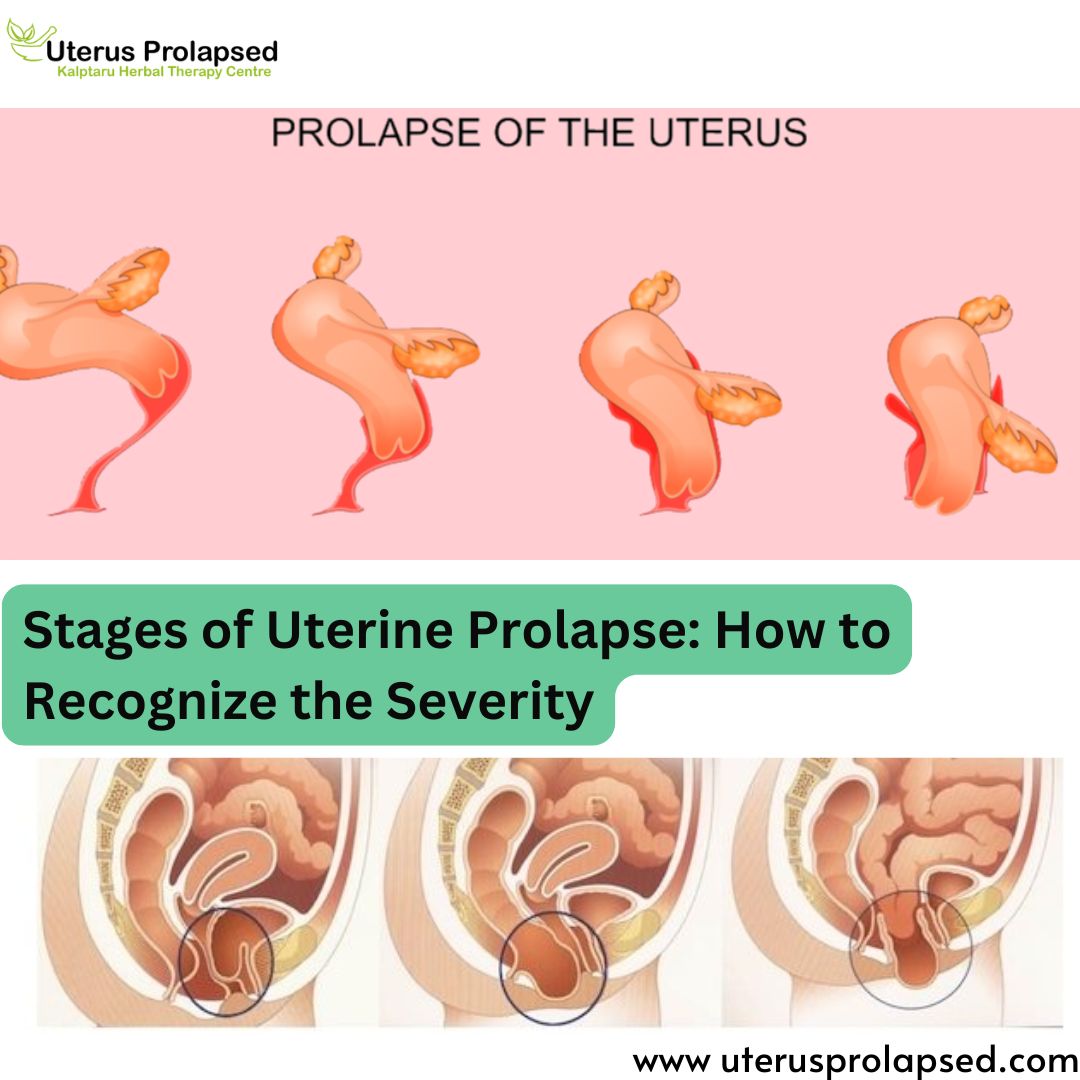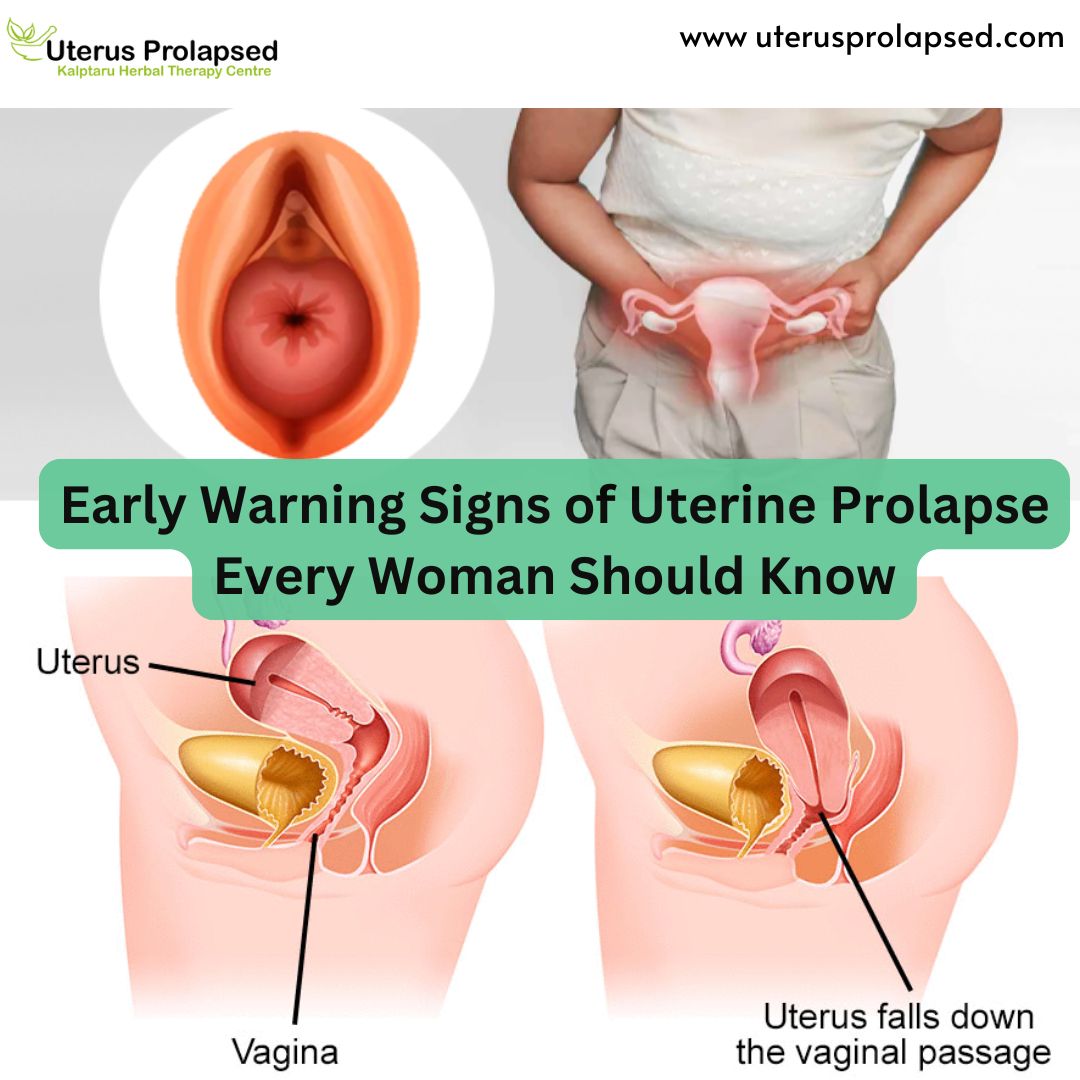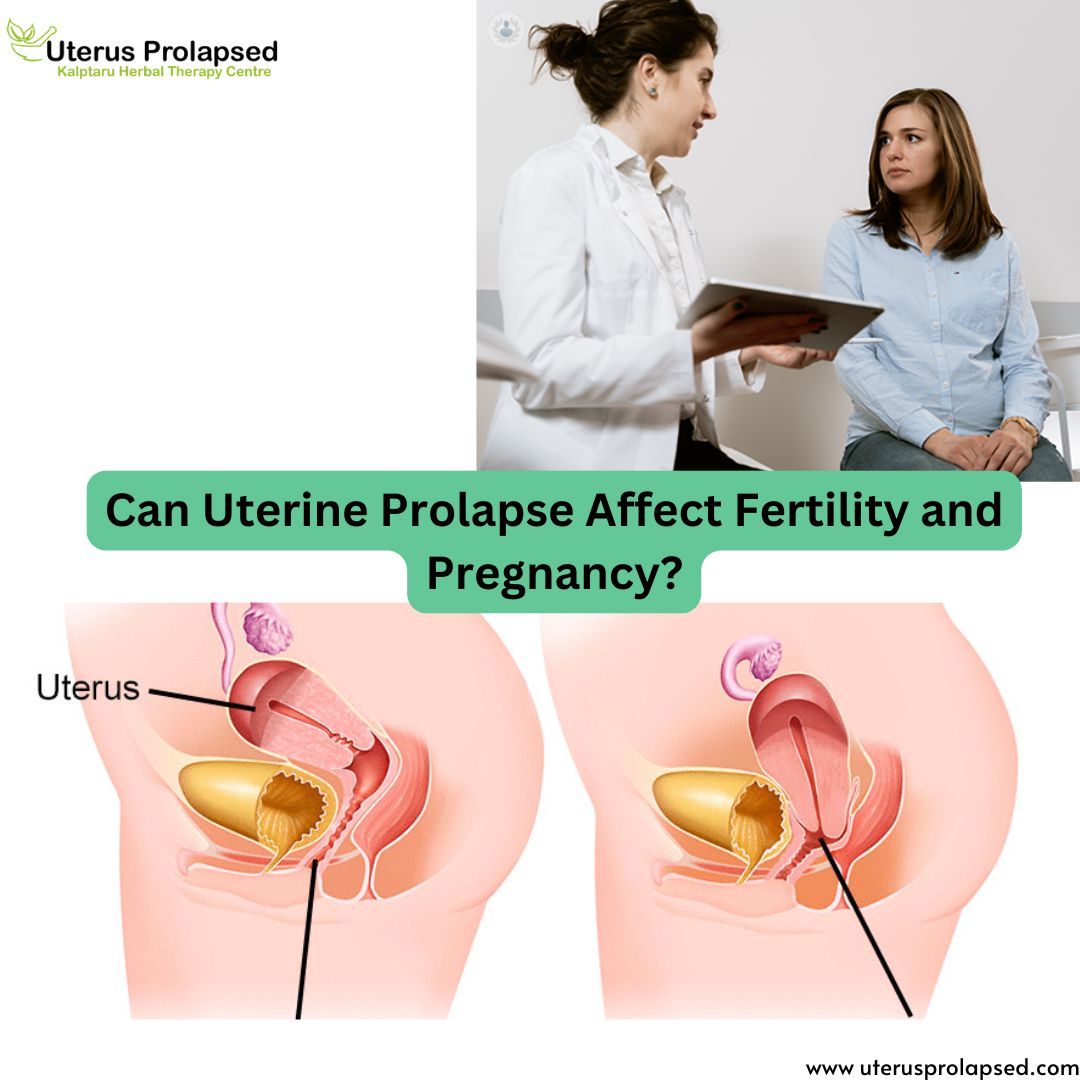Uterine prolapse can happen slowly and may go on before you notice it at first. But how can you recognize the signs or severity? Uterine prolapse refers to that condition in which uterus slip down to into the vaginal canal. In the worst case, it may also come outside of it. There are different stages of uterine prolapse, and knowing them may help you in various ways.
Let’s understand the stages of uterine prolapse, so that you know when you have to seek medical support. This information is well-researched and helps you in your hard days.
Uterine Prolapse and Its Stages
Uterine prolapse occurs when the muscles and tissues that hold the uterus in place weaken, pushing the uterus down into or even beyond the vagina. It is more likely to happen in women who had vaginal childbirth, menopause, heavy lifting, or chronic coughing. The four stages of uterine prolapse are listed below:
- Stage 1: The cervix drops down a little way into the vagina, but the uterus remains primarily in position.
- Stage 2: The cervix protrudes to the opening of the vagina but not beyond it.
- Stage 3: The cervix emerges from the vaginal opening.
- Stage 4: The whole uterus moves outside the vagina. It is the worst stage.
Knowing these stages facilitates early detection of symptoms and proper treatment. In light cases, changing habits or exercises could assist. Surgery may be required in serious cases.
Symptoms Of Uterine Prolapse
You can experience several symptoms if you are suffering from uterine prolapse. Especially while doing daily activities. It will be a big help if you know the symptoms earlier, which are:
- Feeling Pressure or Heaviness in the Pelvis: You may feel something is “falling out” or a persistent weight in the bottom belly.
- Bulge in the Vagina: A few women experience a small bulge or lump protruding from the vaginal entrance.
- Lower Back Pain: There is a dull pain in the lower back, particularly following prolonged standing or walking.
- Problems With Urine: You might find it difficult to control your urine or need to pee more frequently.











